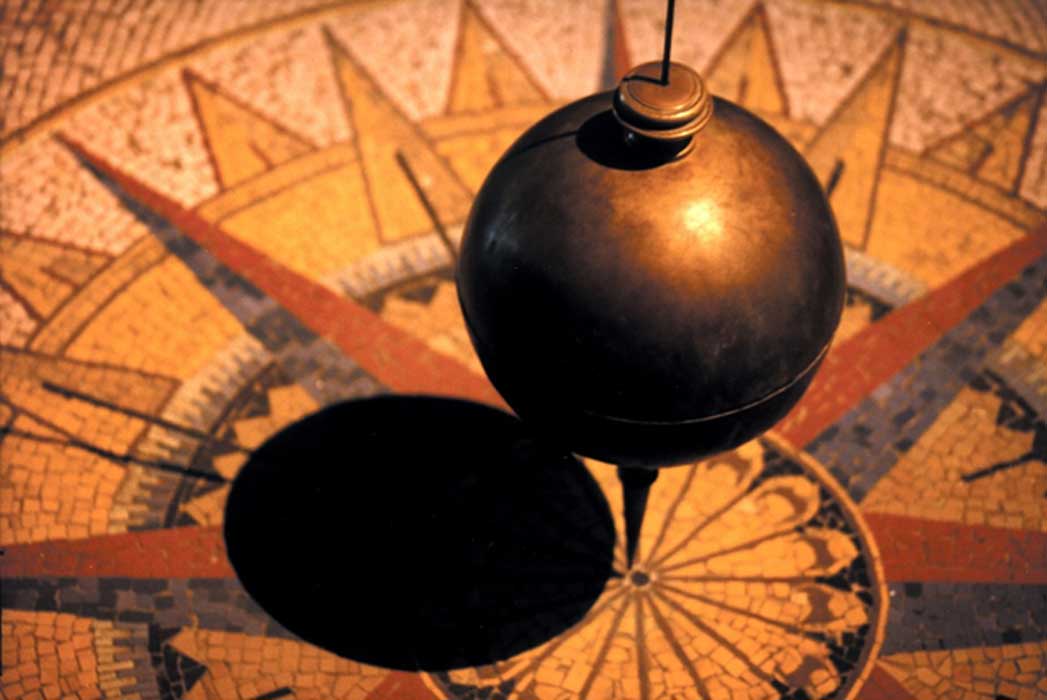
Ancient Dowsing Alive and Well in Colombia?
Since the Middle Ages dowsing applications have been employed in alternative traditions including ghost hunting, raising spirits, mediumship, divining, fortunetelling and detecting ley-lines - perceived telluric energy lines between distant objects or locations. Dowsers claim that they can find missing and hidden objects and minerals like jewelry, treasure, persons, buried pipes, oil deposits, bones, water and even archaeological ruins. In Colombia, South America, rod dowsers are not uncommon and their services have been employed for several millennia. Historian Ashley Cowie’s skeptical comfort zone was directly challenged with what was “nothing less than a spiritual torpedo”.

A tour in Wales by Thomas Pennant (1726-1798) depicting dowsing (Public Domain)
In November 2017, The Independent, (United Kingdom) printed an alarming news article revealing that highly trained hydro-engineers in “Ten of 12 of the UK’s water companies use dowsing rods to detect leaks or find pipes,” despite there being no scientific evidence for their efficacy. Even having access to modern technology, including leak detecting thermal imaging drones and specialist moisture seeking nano-robots, many British scientists still opt to use ancient magical techniques to find water.
Seeing is Believing?
When his neighbor consulted a dowser to find a fresh water supply, Ashley Cowie asked him how he believed dowsing actually worked? Unmoved, a grin split the farmer’s face and he uttered gently: “It is anyone’s guess, signor. Like the sun, it matters little how it works, it just does.” Refraining from face-palming, I considered his answer as one that I should have expected from a dowser - a philosophical reason supporting his pseudo-scientific pursuit. “The craft is in my family line,” he continued, “both my father and grandfather were also full-time practitioners, we find stuff”.
For 15 minutes, genuinely fascinated, I observed him. He would walk a few steps then stop suddenly, glance down, think deeply, then slowly step ahead and stop. To me, he was a little insane, like an actor lost on stage, living an illusion he had unwittingly inherited from his equally deluded family, at a very young age. But I reached beyond my skepticism and thought to myself, in his world, he has never not known dowsing and my skepticism must have been similarly alien to him.
Then: “Signor Ashley, you are standing on the water.” Right in front of me his forked twig swooped downwards and pointed directly towards the grass below my feet. He leaned forward and stuck his forked stick in the ground claiming: “She’s about nine or ten meters down.” Two days later, at 11.5 meters (37.73 feet) below the soil, right below the forked stick, the very first test drill struck mountain-fresh, crystal clean, Colombian spring water.
The History of Dowsing
According to many dowsing experts the practice has a long history, which is explained in detail by Eva Shaw in her bestselling book Divining the Future: Prognostication from Astrology to Zoomancy, in which she wrote: "In 1556, 'De Re Metallica,' a book on metallurgy and mining written by George [sic] Agricola, discussed dowsing as an acceptable method of locating rich mineral sources.”

Title page of De Re Metallica by Georgius Agricola, published 1556. (Public Domain)




